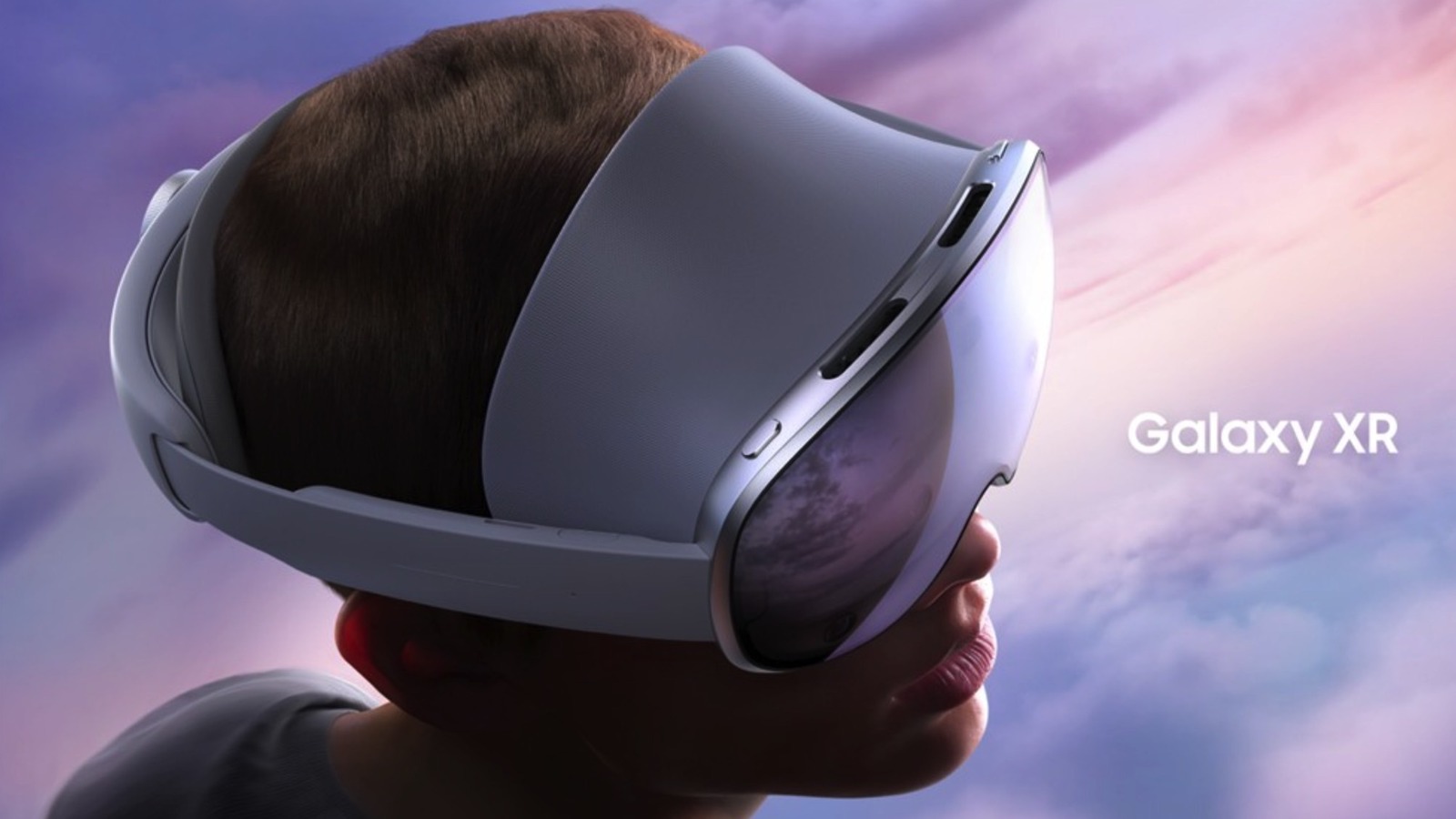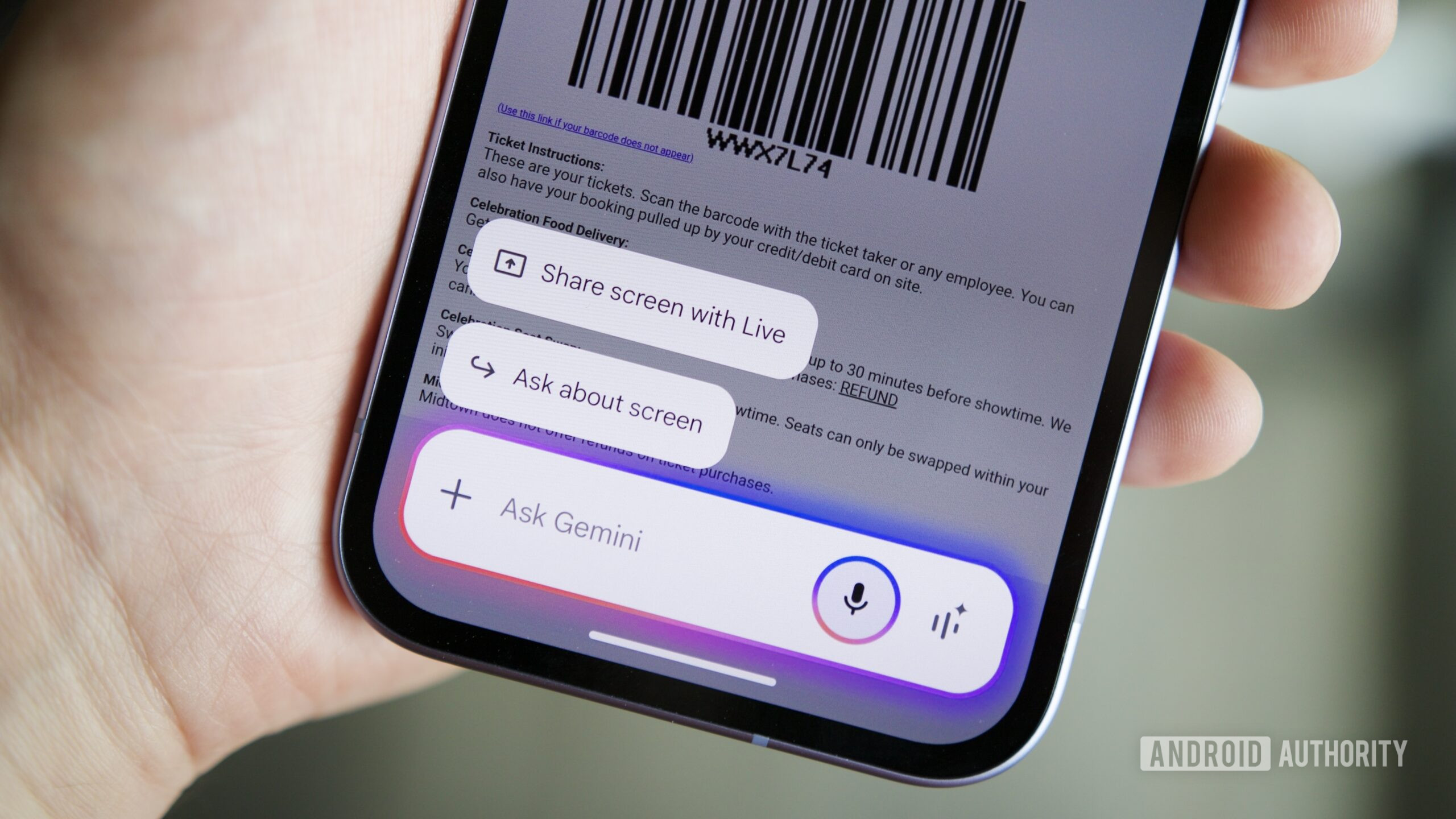Will the Golden Dome be a golden opportunity for commercial space ventures?
That may be a bit of an exaggeration. But at a Seattle Tech Week presentation on the space industry, a panel of entrepreneurs agreed that military projects — including a plan to create a missile defense shield along the lines of Israel’s Iron Dome by as early as 2028 — seem to be the most promising vehicles for getting commercial space ventures off the ground.
Part of the reason for that has to do with the uncertainty that’s currently surrounding America’s civilian space program. At the same time that the White House is pushing plans for the $175 billion Golden Dome project, it’s seeking to trim billions of dollars from NASA’s budget.
“It’s so interesting right now, because I think there’s more uncertainty around civil space funding than there’s ever been before, and more bullishness on defense space funding than there’s ever been before,” said Erika Wagner, who left Jeff Bezos’ Blue Origin space venture last year to lead The Exploration Company’s U.S. business development team.
Seattle-area space companies have been among the beneficiaries of the Pentagon’s surge of support — ranging from the $25 million in Space Force funding granted to Seattle-based Integrate in June to the $2.4 billion in Space Force launch contracts set aside for Kent-based Blue Origin earlier this year. Gravitics, Starfish Space and Portal Space Systems are among other Seattle-area space ventures benefiting from recent Pentagon contracts.

The typical route for defense-oriented space startups is to win a series of grants issued through the Pentagon’s Small Business Innovation Research program, or SBIR. But SBIR grants can take you only so far, said Jeff Thornburg, Bothell-based Portal Space Systems’ founder and CEO.
“If it’s just cool tech for cool tech’s sake, you’ll only get through about Phase 1 or Phase 2 SBIRs, and it’ll never cross the ‘Valley of Death,’” Thornburg said at Thursday afternoon’s session. “The Valley of Death is basically when you’ve taken the idea as far as you can, you don’t have any other customer pull, and it costs so much money to develop that you have no way to get there, and the company kind of folds.”
Portal and Gravitics managed to avoid the Valley of Death by winning support from SpaceWERX’s STRATFI program, which can unlock tens of millions of dollars in public and private funding. Portal is using its funding to develop a sun-powered orbital transport vehicle called Supernova, while Gravitics is working on an orbital carrier for space vehicles.
Thornburg said that the U.S. military can be “the world’s most difficult and demanding customer,” and cautioned that it’s not easy to build relationships with the Pentagon officials who make the decisions on funding.
“If you’re going to take on the defense customer, and you should probably consider it if you’re an entrepreneur out there, you really have to do the homework,” he said. “Are you answering a warfighter need?”
The AI connection
Artificial intelligence may well be one of those needs. At a Seattle Tech Week session held earlier in the day, a different set of space entrepreneurs suggested that there was a significant intersection between the AI frontier and the space frontier.
For example, Planetary Systems AI is focused on using AI tools to help the Pentagon make sense of the flood of data streaming down from space sensors. “We help with some of the automation and decision making, from pre-launch all the way to in-orbit … in a battle management perspective as well as for space operations,” said Cindy Chin, the New York-based company’s founder and CEO.
Such tools are expected to play an increasing role in space traffic management as more and more satellites are launched into low Earth orbit. Over the course of just six years, the Seattle area has become the world’s most prolific producer of such satellites, primarily due to the rise of SpaceX’s Starlink constellation and preparations for Amazon’s Project Kuiper constellation.
Starfish Space co-founder Austin Link said AI tools are already built into his company’s satellite navigation systems. “It’s not like we’re going and asking ChatGPT, ‘Hey, should we burn the thrusters now?’ At least, not yet,” he said. “But there are a lot of autonomous decision making and a lot of complex algorithms that are flying the vehicle. That is effectively AI, at least in certain definitions.”

Space infrastructure could also ease the pressure that power-hungry AI data centers are putting on earthly resources. Two companies that have a significant presence in the Seattle area, Starcloud and Sophia Space, are developing systems that could open the way for solar-powered satellites to operate as orbital data centers.
Starcloud CEO and co-founder Philip Johnston said his company initially set up shop in Southern California but relocated to Redmond, Wash., after a month. “If you want somebody who knows about building a satellite … 90% of them are specifically in Redmond, because you have Kuiper and Starlink,” he said.
Shifts in the market for space services — due to the AI angle as well as America’s evolving national security needs — could well lead to long-term tectonic shifts in the space industry, Thornburg said.
“I’m kind of excited to see what happens with these ‘neo-prime’ relationships, Anduril and Palantir, and their partnerships with up-and-coming entrepreneurs to offer a different solution space for defense, and then how that can get applied to commercial [space applications]. Because I think that might be an X factor here that maybe everyone’s not always contemplating,” he said.
Other space shots from Seattle Tech Week
- Mining on the final frontier: It’s been seven years since the Redmond-based asteroid mining venture known as Planetary Resources fizzled out, but Johnston said that space mining might be a market niche whose time has finally come. For examples, he pointed to Seattle-based Interlune, which aims to harvest helium-3 and other resources from the moon; and California-based AstroForge, which is setting the stage for extracting resources from asteroids. “That is going to be an absolutely enormous business. It’s very dependent on low-cost launch, though. Whether that happens in the next five years or the next 10 years is up for debate,” he said.
- What about an orbital smash-up? The afternoon session’s panel was split on whether a catastrophic satellite collision event known as the Kessler syndrome would occur in the next five years, but the panelists agreed that international efforts would be made in the next five years to try to head off such an event.
- When will we put people on the moon? When the panelists were asked to project when astronauts would once again land on the moon, they guessed dates ranging from 2030 to 2035. For what it’s worth, NASA’s current timetable calls for the Artemis 3 mission to put a crew on the lunar surface in 2027.
- What about Mars? The panelists’ projections for the first crewed landing on the Red Planet ranged from 2040 (or earlier) to 2060 — which is much later than Elon Musk’s current goal of putting humans on Mars in 2028 or so. Johnston said he made a bet with someone that billionaire techie Jared Isaacman would “be the first person on Mars before 2040.”
Thursday morning’s Seattle Tech Week session about the space industry was presented by Silicon Valley Bank and Wilson Sonsini, while the afternoon session was presented by Perkins Coie and Space Happy Hour.










